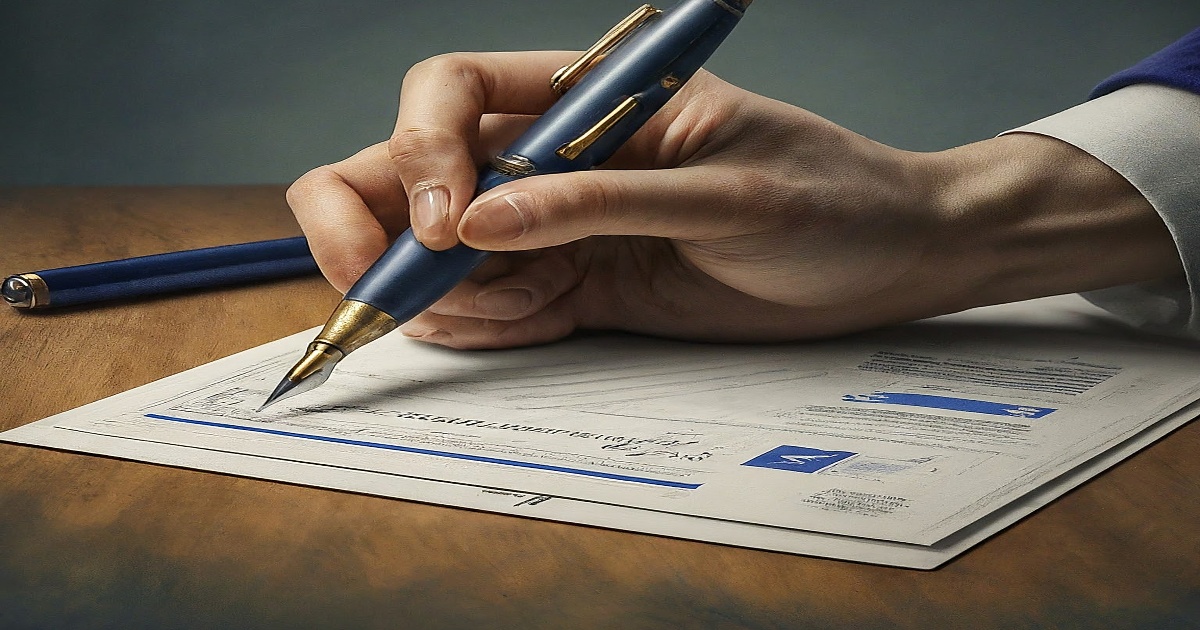Contrary to common perceptions regarding voting methods, individuals are permitted to use a pen to fill out their ballots during elections. Although pencils are typically provided at polling booths, the Electoral Commission, which governs elections in the UK, clarifies that voters can opt for their own writing instruments.
On May 1st, the UK will witness millions of citizens participating in elections, marking a crucial evaluation of the Labour government’s performance during its first year. Elections will take place across 14 county councils and eight unitary authorities, along with a parliamentary by-election in Runcorn due to the resignation of MP Mike Amesbury following his conviction for assaulting a constituent. Additionally, voters will elect regional metro-mayors responsible for managing significant combined authorities in regions like Hull and Greater Lincolnshire.
While using a pen is an option, the preference for pencils often stems from practical considerations. Ink from a pen can smudge or bleed through the ballot, risking an invalid vote by obscuring the choices. Furthermore, if the ballot is folded, there may be a chance that ink could transfer to another section, complicating the results. Voters are urged to clearly indicate their selection to prevent any confusion or rejection of their ballot.
The Electoral Commission emphasizes the importance of marking a clear 'X' next to the chosen candidate and informs voters to read all instructions carefully. Furthermore, the myth that using a pen is discouraged to prevent voters from changing their minds is dispelled; if a mistake occurs, voters can simply request a new ballot paper before submitting their original one.







0 Comments